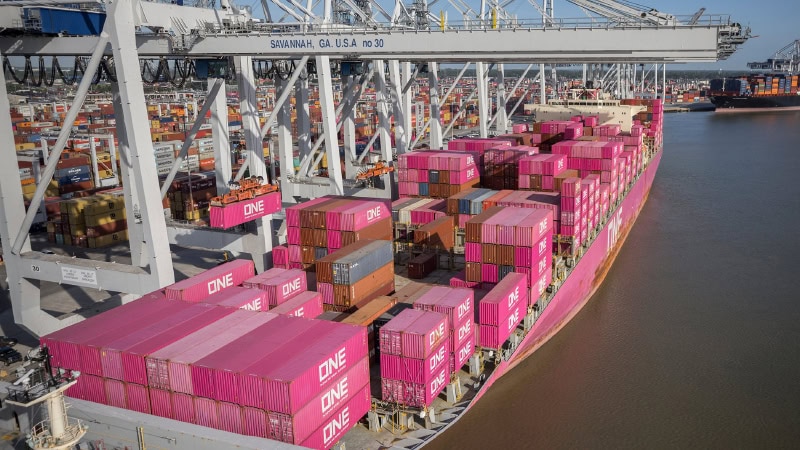Looming East Coast Port Strike to Impact Supply Chains

Negotiations between the International Longshoremen’s Association (ILA) and United States Maritime Alliance (USMX) have stalled, leading many to believe an ILA strike may begin on October 1. Here’s how it would impact U.S. supply chains.
The potential ILA strike poses a significant risk of disruption, especially given the amplified effect on East Coast ports, which handle nearly 50% of U.S. imports. Recovery from shutdowns can take much longer than the shutdown itself—up to five days for every day of closure.
While a single day of disruption could have some impact, an extended strike would significantly upend the supply chain and flow of goods, for weeks or even months, placing added pressure on ports, rail systems, and trucks.
In terms of the holiday season, retailers who prepared their inventories early are cautiously optimistic, but a prolonged walkout would inevitably affect holiday deliveries and may even drive-up inflation.
Unfortunately, it seems that the negotiation process is going to draw out, and a strike is looking increasingly likely. With the contract affecting over 45,000 workers, businesses must prioritize supply chain resilience and contingency planning.
If there is a labor strike, there isn’t an easy replacement strategy – dock work is very difficult and requires certain skill sets. As government intervention becomes more likely, businesses must develop robust continuity plans to mitigate the economic and consumer impact.
The upcoming election may also play a role in speeding up mediation efforts as the current administration will want to mitigate the risk and subsequent impacts in short order. Still, even with swift compromise and resolution, the ripple effects across warehousing, transportation, and manufacturing will be felt for months.
